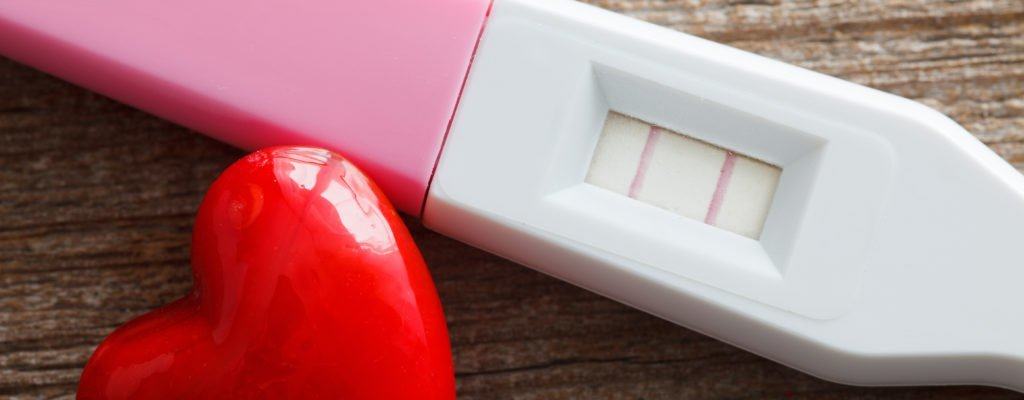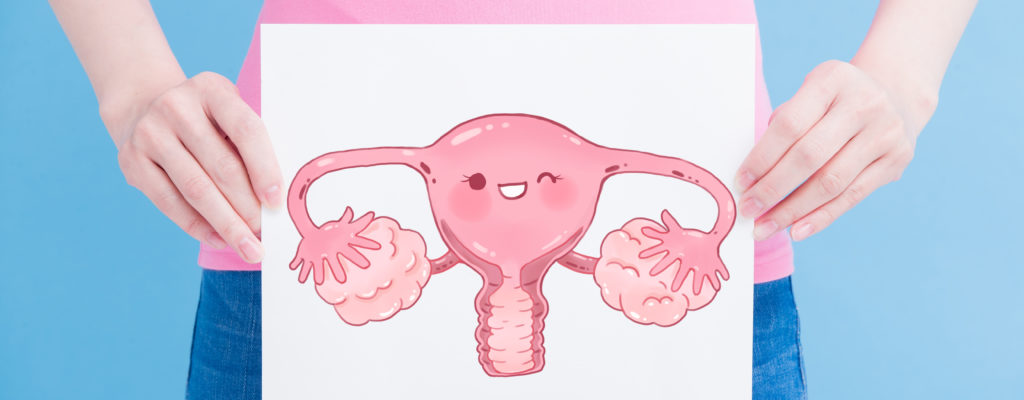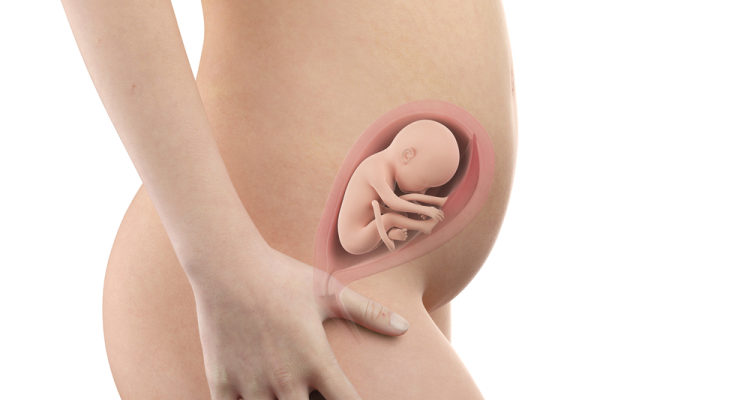Stretch marks during pregnancy are a common phenomenon in pregnant women. Therefore, you should learn this issue to limit the appearance of stretch marks, and soon regain a smooth skin after birth.
The skin of a pregnant mother changes a lot while pregnant and is often stretched during pregnancy leading to the appearance of cracks, especially around the abdomen, hips and thighs. If you know how, you can prevent and reduce stretch marks during pregnancy from the very first days.
So how to limit the appearance of stretch marks during pregnancy and "exhort" them after birth? Let's find out with aFamilyToday Health !
Why are you stretching during pregnancy?
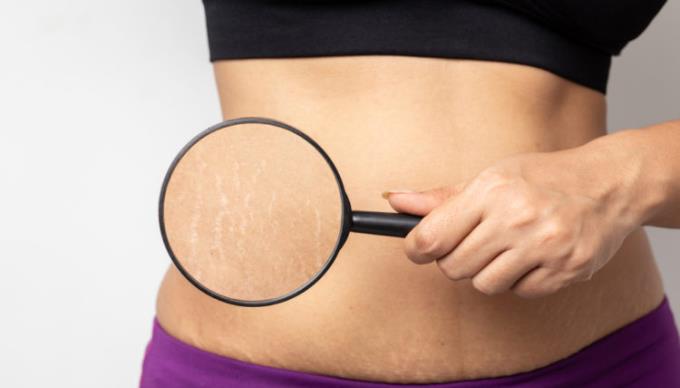
Stretch marks appear when your body weight starts to increase faster than the elasticity of the skin. The two most common areas for stretch marks during pregnancy are the chest and abdomen, followed by the arms, buttocks, and thighs. The cracks will be purple or red and slowly turn gray or black after the mother is pregnant.
According to research , 90% of pregnant women experience stretch marks around 6-7 months of pregnancy.
Genetic factors play a big role in deciding whether or not you will have stretch marks. If your mother ever had stretch marks during pregnancy, you're at risk of a similar problem.
The color of stretch marks will depend on the skin of each person. According to the American Pregnancy Association, if your skin is light, stretch marks are usually pink. For women with darker skin, stretch marks are usually lighter than their skin tone.
Prevent stretch marks during pregnancy
While you will most likely experience stretch marks during pregnancy, there are ways to help limit the appearance of stretch marks. At the same time, the following ways will also help fade postpartum stretch marks easier and more effective.
1. Diet is good for the skin
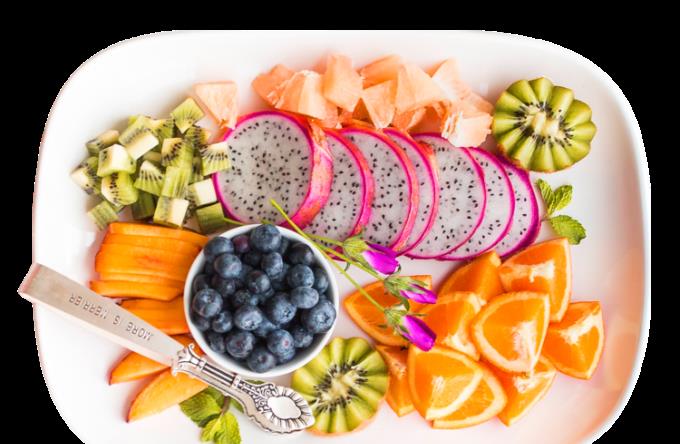
Balanced nutrition during pregnancy will ensure that both you and your baby are provided with the necessary nutrients and vitamins during pregnancy . Besides, you can combine more foods that promote skin health as well as foods that can improve elasticity, thereby preventing stretch marks from appearing.
Some suggestions for you include:
Foods high in antioxidants to help protect and nourish the skin of pregnant women, such as strawberries, blueberries and spinach;
Foods rich in vitamin E to protect skin cell membranes. You can find vitamin E in collard greens, broccoli, avocados, nuts, and nuts;
Foods rich in vitamin A like red bell peppers, sweet potatoes, carrots, squash, and mangoes. This vitamin works to restore damaged skin tissue caused by stretch marks. However, you should consult your doctor about the proper absorbed dosage to avoid negative side effects.
One study found that adding adequate amounts of vitamin D to the body can reduce the risk of stretch marks. The easiest way for you to get vitamin D is through the sun. In addition, foods such as cereals, egg yolks, beef liver or dairy products are also rich in vitamin D.
Foods rich in omega-3 and omega-6 will help pregnant mothers have smooth skin and keep healthy skin cells. You can find these in salmon, fish oil, or walnuts .
Zinc is a mineral that plays an important role in nourishing the skin as well as helping to prevent acne. Don't overlook nutrient-rich foods like dark chocolate, whole grains and nuts.
2. Drink plenty of water to treat stretch marks
Water helps to detoxify the body and keep skin cells soft, moist, thereby helping to make skin healthy and beautiful and making stretch marks during pregnancy disappear quickly after childbirth. Here are some water drinking habits you can apply:
Drink 8 glasses of water a day: If you go out, bring 1-2 bottles of water of equal capacity to drink gradually.
Use herbal teas: If you regularly drink caffeinated teas, you will still keep your body hydrated. Herbal tea is also an ideal alternative if pregnant women do not want to drink water.
Eat plenty of succulent vegetables and fruits: This habit can provide the body with more water, vitamins and minerals. You can choose from a variety of succulent foods like cucumbers, watermelon, strawberries, apples ...
3. Exercise regularly during pregnancy
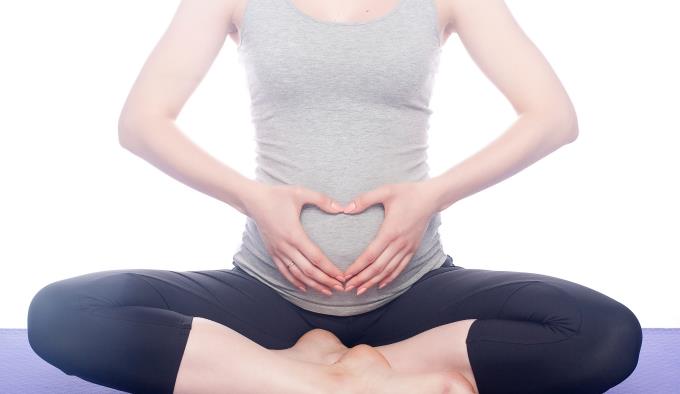
Exercise helps keep skin elastic by improving blood circulation. In addition, exercise during pregnancy also helps you maintain a reasonable weight, thereby reducing stretch marks.
Pregnant mothers can practice exercises suitable for pregnant women such as kegels , muscle tension exercises and other simple movements. Try gentle, effortless exercises like yoga or Pilates to ease unpleasant pregnancy symptoms like back pain, back fatigue and better prepare for labor .
4. Reasonable weight gain
When you gain weight too quickly, stretch marks appear faster and more. That's why it's important to pay attention to your pregnancy weight more often.
To do this, you should:
Avoid overeating: Even though you are encouraged to consume more calories during pregnancy, that doesn't mean you have to eat for two.
Suppress cravings: When you want to eat something, just eat a little and then sip fruit to satisfy your hunger. This prevents you from gaining too much weight.
5. Avoid using chemicals
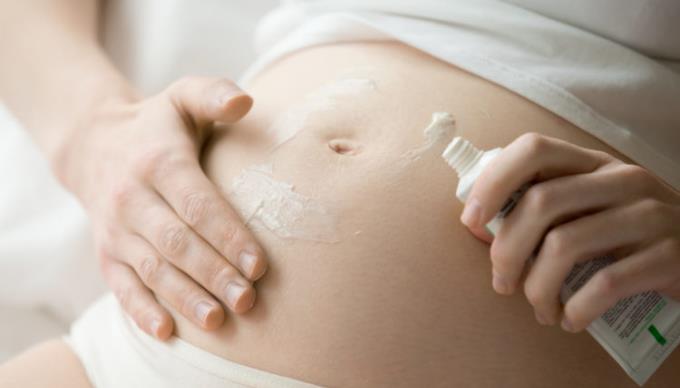
Currently, on the market there are many types of sulfate shower gel. If used regularly, this chemical will dry out and reduce its elasticity.
Therefore, you should prioritize your choice of shower gels as well as stretch mark oils and creams derived from natural oils, such as coconut oil or olive oil.
6. Use natural essential oils to condition the skin
Natural essential oils that moisturize and keep the skin hydrated such as coconut oil, almond oil, lanolin essential oil, ... You can massage on any skin area you want such as lower back, thighs, abdomen, calves ...
In addition, you can look for reputable organic cosmetic brands to choose a skin care product like.
You should moisturize your skin right after showering to limit dehydration as well as take care of your skin before going to bed. Use twice the amount of lotion or conditioner in areas where the skin is very itchy and tight.
7. Exfoliate the skin

Exfoliating can help remove dead cells, stimulate blood circulation and keep skin healthy. This is seen as a measure to reduce the appearance of stretch marks and is a favorite skin care step for many women.
You can exfoliate with a brush according to the instructions below:
Use a brush made of large, natural fibers. The best ones are soft and not too rough.
First, start brushing from the bottom of the leg up gradually. Focus on areas with stretch marks such as your abdomen, thighs, and hips. When you're done, you can take a shower to wash away the dead cells.
Do not rub the chest area as the skin is very sensitive and can be damaged if rubbed too hard.
In addition, you can also exfoliate with natural ingredients at home if you love natural beauty.
8. Use sunscreen
In tropical climates like our country, the sun is often harsh and uncomfortable. In addition, the sun also causes darkening, pigmentation and stretch marks. For the best skin protection, you should use sunscreen before going out. In particular, you should carefully protect the chest, face and abdomen or areas prone to stretching.
3 ways to cure stretch marks after giving birth effectively

After your baby is born, you shouldn't neglect taking care of your body as stretch marks can become more serious. There are a few things to keep in mind to speed the recovery from stretch marks during pregnancy.
1. Diet
For postpartum nutrition, you should:
Regularly add foods such as avocados, nuts, fish, vegetables and fruits to help restore the skin as well as increase skin regeneration;
Do not lose weight suddenly after giving birth by fasting because it will make the skin unable to adapt to the elasticity to tighten;
Don't forget to drink plenty of water to provide elasticity and elasticity.
2. Increase sports practice
Your baby is born, so you don't need to limit your movement anymore. You can focus on forms of exercise such as:
Cardio exercises: Cycling, running, and swimming will help strengthen the circulatory system and help the skin return to its old state;
Exercises to increase strength: When you exercise, muscles are formed as well as tightening the skin.
3. Postpartum skin care
After a few months of birth, many women will feel the stretch marks during pregnancy noticeably fade. However, if the condition of your skin still makes you feel less confident, seek some remedies such as:
Moisturizing with natural ingredients : You can use coconut oil to effectively treat postpartum stretch marks. There are many ways to use coconut oil, such as rub it on your skin and rinse it off with warm water, then pat dry with a soft towel. In addition to coconut oil, using turmeric to treat stretch marks is also a good option.
Cream containing retinoids: This is a anti-stretch marks for pregnant women with ingredients extracted from vitamin A. If you have too many stretch marks, you should use this product to improve the texture as well as the surface of the skin. In addition, the cream also helps regenerate collagen and makes the stretched skin look the same color as the rest of the skin.
Laser: Lasers can help stimulate the growth of collagen or elastin in the skin. There are many types of laser therapy, you should consult your doctor or esthetician to find out which method is right for you.
Glycolic acid (AHA): There are many creams that contain glycolic acid to treat stretch marks. However, this method only reduces the appearance of existing stretch marks without preventing new ones.
Stretch marks are also sacred marks of the mother. However, if this makes you lack confidence in your beauty, aFamilyToday Health hopes that the above tips can help you quickly regain a smooth skin!









